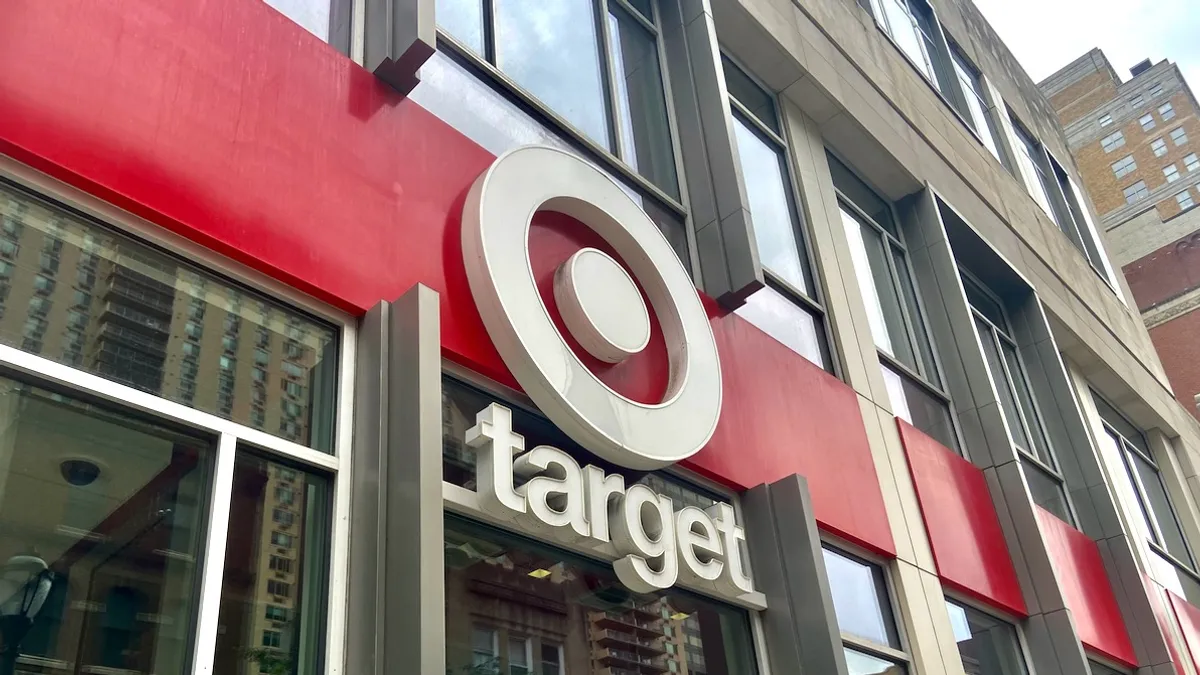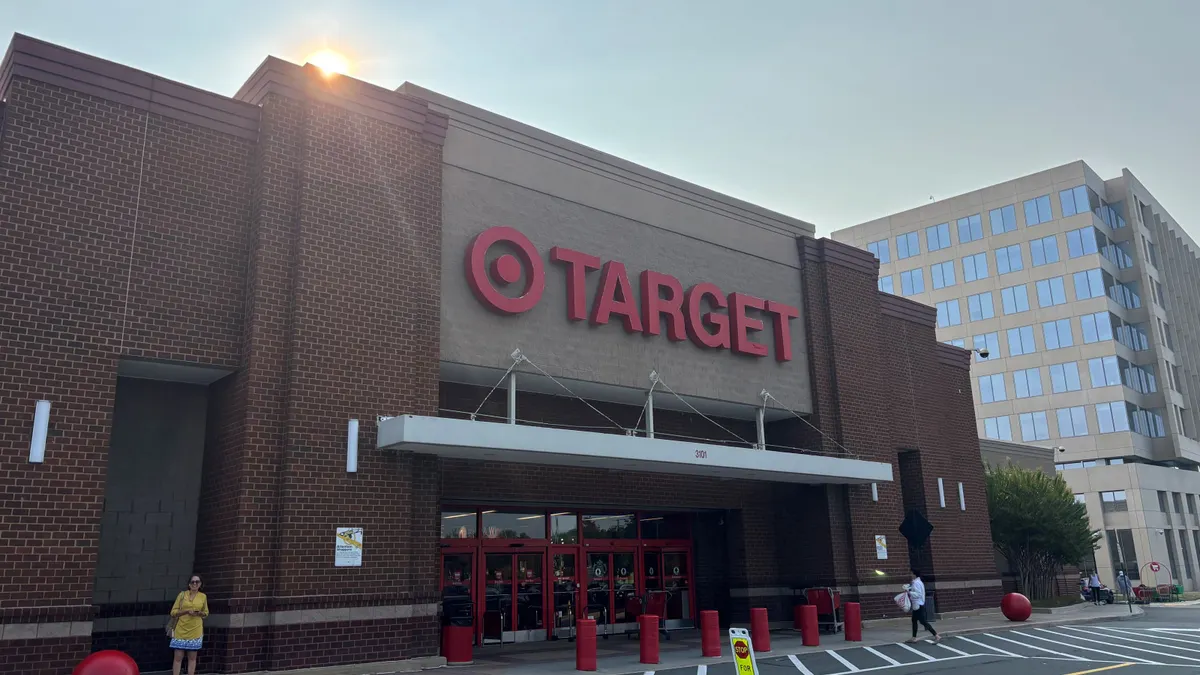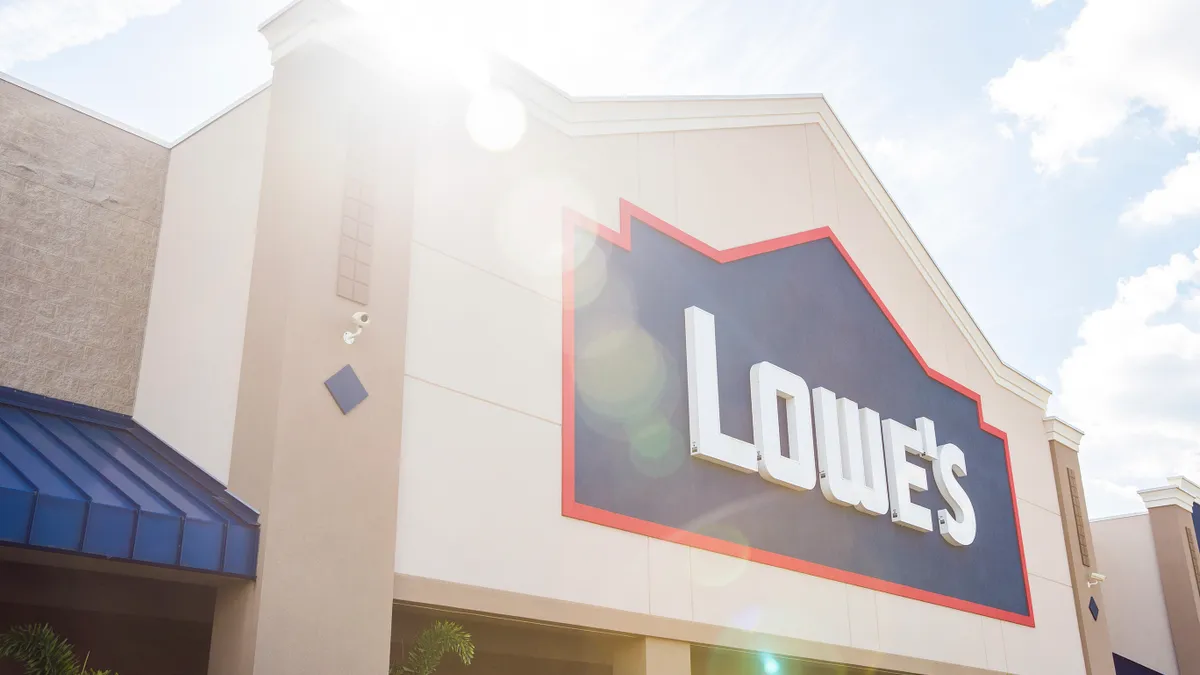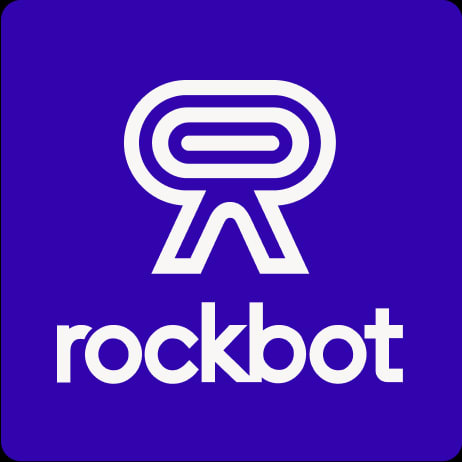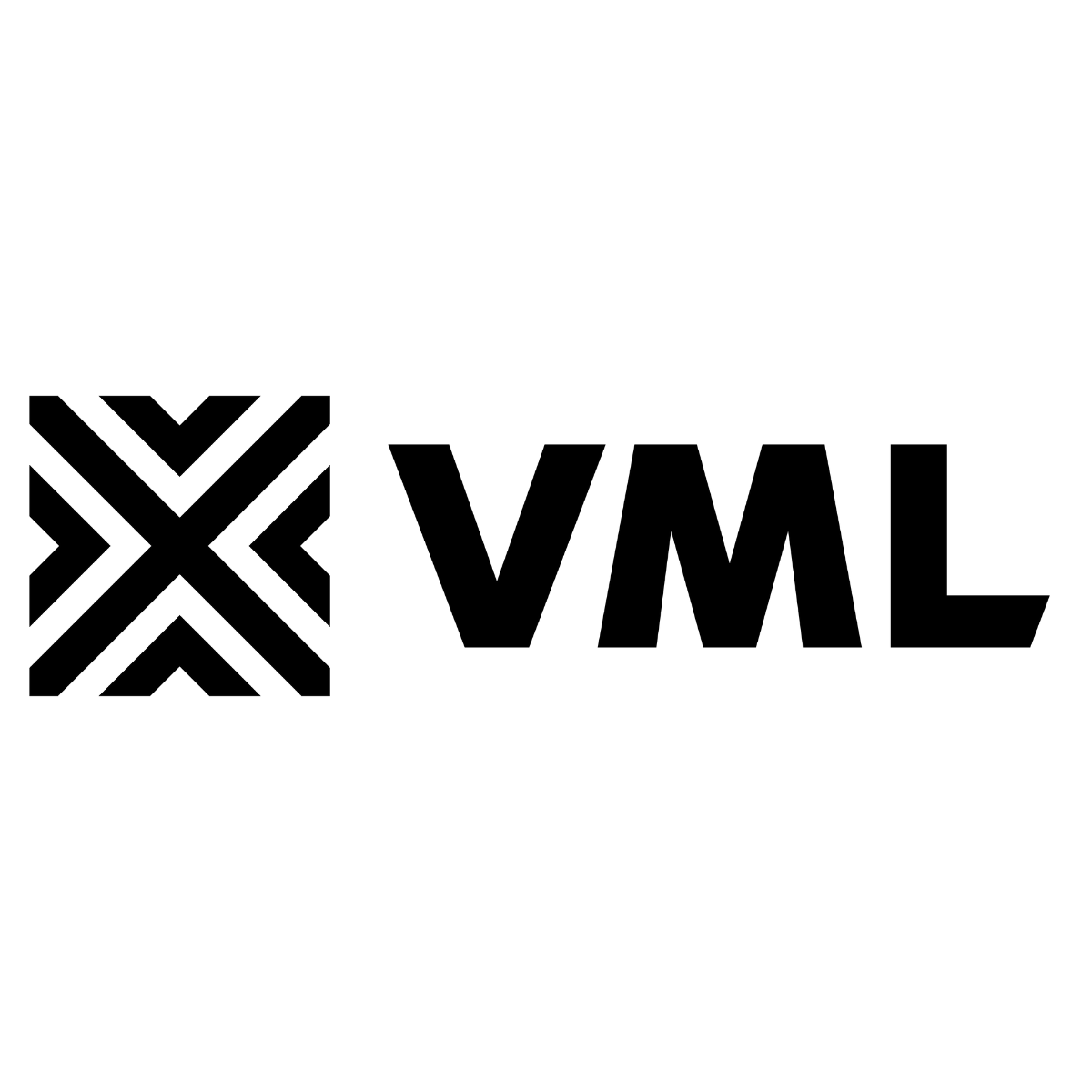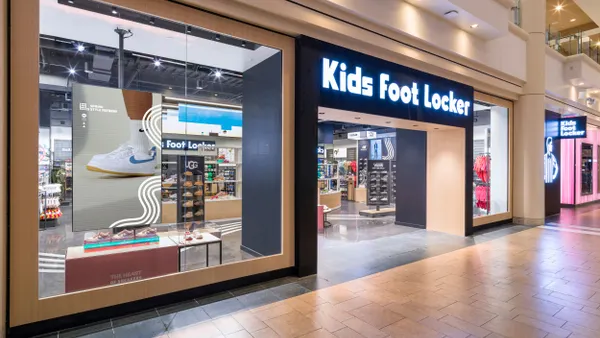Target is moving full steam ahead on a turnaround plan with the goal to reverse declining sales and traffic numbers — and technology is playing a key role.
Current COO and incoming CEO Michael Fiddelke outlined his key turnaround priorities during a Q2 earnings call in August. The executive emphasized the need to regain merchandising authority and said the company must better utilize “technology to improve our speed, guest experience and efficiency throughout the business.”
Now, the company is providing tangible examples, showing how it is using technology — particularly artificial intelligence — as Fiddelke steps into the spotlight.
From merchandise development to its third-party marketplace, Target is weaving AI across its offerings with the aim to help human creativity along the way.
That's why Target's Chief Information and Product Officer Prat Vemana believes it's the best time to be working in technology and retail, the executive told Retail Dive in an interview.
Moving fast on trends
The retailer is turning to its generative AI-powered trend intelligence platform, Target Trend Brain, to surface new ideas for its merchants, the company said in a blog post Thursday. Machine intelligence is helping to speed up product development in response to trends.
It connects back to Fiddelke’s merchandising authority focus through design, Vemana told Retail Dive.
“What differentiates us is that human element, that we are good in design,” he said.
Target Trend Brain aims to combine merchant creativity with AI-driven efficiency. Target is in the initial phases of using the technology to help the company’s merchandising ideation and plans to create collections at a faster pace, Vemana said.
“When we look at our designers, they're world class,” Vemana said. Such tools are meant to empower these employees’ creativity with the agility of AI.
“It’s the designers who are the ones making the decision,” Vemana added. “AI is there to help.”
Reviewing third-party sellers
The retailer is taking a similar approach in how it reviews applications from sellers for its marketplace, Target Plus. The third-party seller offering launched in 2019 with the intent of being a more curated version of a retailer marketplace. At the time, Target described the product selection as “thoughtfully selected additions.”
Now, that seller selection process at Target is getting some support from agentic AI.
“We have agents that allow you to analyze every applicant to make sure that the vendor who applied is the right vendor for Target and for our guests,” Vemana said. “Agents allow you to actually go and look at the information available online and brings everything in a summarized form for the marketplace analyst so that they can actually review it in one place.”
Target is using AI for the upcoming holiday season, too. Vemana said that the retailer rolled out its demand forecasting engine across categories this year, and its predictions improved with every new iteration.
“We are actually confident leaning into the holidays that leveraging the AI for positioning and placement of the products in the right places is going to actually reduce, significantly, any frustration,” Vemana said.
Of course, the widespread adoption of new technologies at a company of Target’s scale requires both employee training and encouragement to explore the tools within the safety of enterprise systems.
Growing workforce skills
In August, Fiddelke told analysts that the retailer had deployed more than 10,000 new AI licenses across its company since its Q1 earnings call in May. The increase in licenses is part of an effort to develop the workforce’s knowledge of AI, according to Vemana, who added that Target even had OpenAI come in to train staff.
While AI in general has been disruptive, the technology isn’t entirely foreign to the company, Vemana said. Target had already used it in its loyalty program.
“What we have done recently is lean into generative AI,” he said. “How do we bring the knowledge of the workforce up and running so that they can use tools like ChatGPT for them to improve their productivity?”
OpenAI has been making its way into the retail space for some time now, changing the search behaviors of consumers who are asking more complex queries to find product recommendations — a topic which Target executives have spoken about before.
But OpenAI has taken it a step further in recent weeks with the launch of Instant Checkout for ChatGPT, which allows users to make purchases in the chat platform without needing to leave it. The feature was launched first with Etsy and Shopify. Now Walmart will also enable the functionality and plans to develop employee training with OpenAI.
In October, OpenAI announced a set of apps users can talk with directly within ChatGPT with partners including Spotify and Zillow. For example, when talking with ChatGPT about looking for a new house, the platform can surface the Zillow app inside the chat and show listings for users to browse with an interactive map. OpenAI listed Target as one of 11 additional partners it plans to welcome with apps later this year.
In general, staying flexible with the types of AI models that Target experiments with — an approach Vemana describes as model-agnostic — is also key for employees like software developers, who are using what the retailer calls ThinkTank to test new ideas.
“We will be able to switch the models very quickly under ThinkTank so that you're not stuck with, like, one provider and one approach to how you problem solve that way,” Vemana added.



